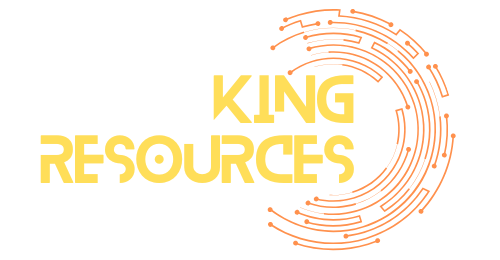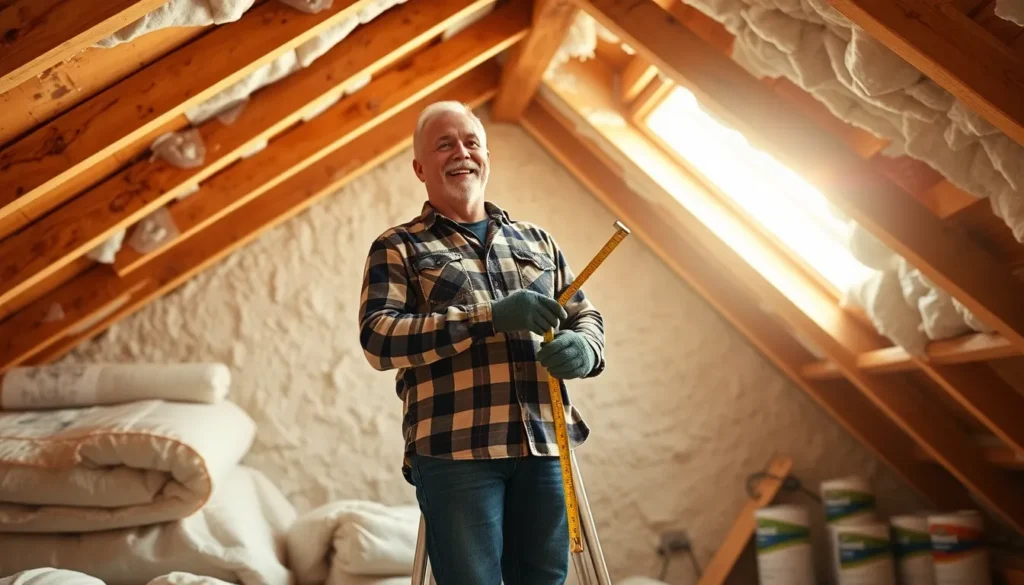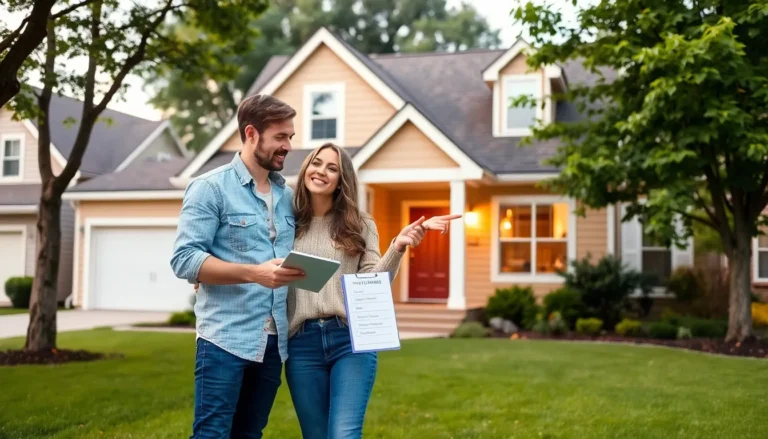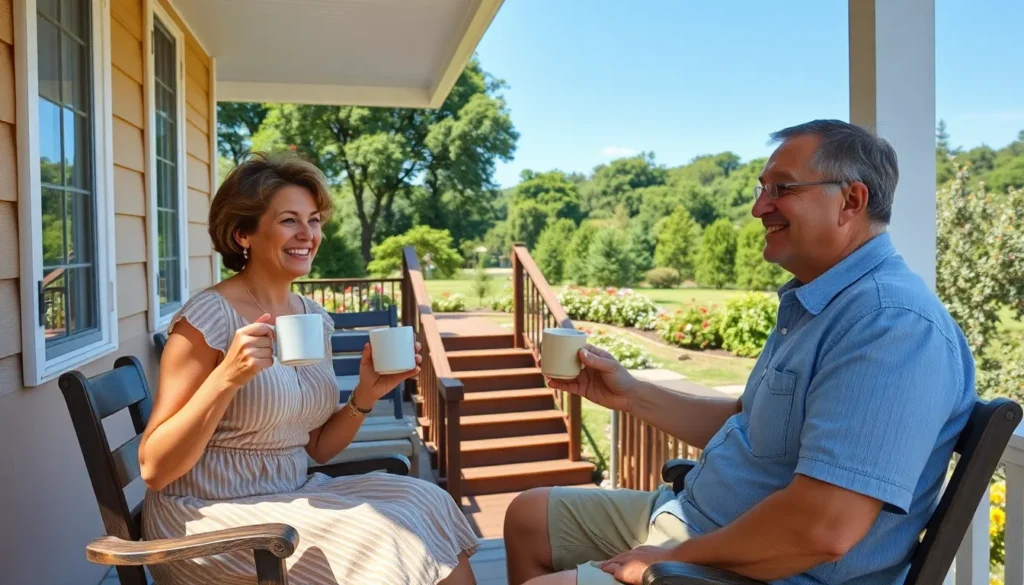In a world where energy bills seem to rise faster than a cat on a hot tin roof, insulation retrofits are the unsung heroes of home improvement. Imagine cozying up in a snug, temperature-controlled haven while your neighbors sweat it out or shiver like they just stepped into a freezer. It’s not just about comfort; it’s about saving money and the planet, one insulated wall at a time.
Retrofitting insulation is like giving your home a warm hug, but without the awkward small talk. This process can transform drafty spaces into energy-efficient sanctuaries, keeping your home warm in winter and cool in summer. With the right approach, homeowners can enjoy a more comfortable living environment and significant savings on energy costs. So, why not dive into the world of insulation retrofits and discover how they can turn your house into the ultimate energy-saving fortress?
Table of Contents
ToggleWhat Is Insulation Retrofit?
Insulation retrofit refers to the process of adding or improving insulation in existing buildings. This practice enhances energy efficiency, reduces heating and cooling costs, and increases overall comfort. Homeowners often encounter areas in their homes that lack sufficient insulation, leading to wasted energy and higher utility bills.
Techniques for insulation retrofitting include adding insulation to attics, walls, and crawl spaces. Spray foam, fiberglass batts, and cellulose are common materials used during installations. By addressing gaps in insulation, retrofitting can transform drafty rooms into warm, inviting spaces.
Understanding the benefits of insulation retrofits extends beyond immediate comfort. Energy savings can reach up to 20% annually with proper insulation improvements. Homeowners not only save money but also contribute to a decrease in environmental impact. Fewer energy resources consumed translates to a reduced carbon footprint.
Professional assessments often determine insulation needs. Evaluations include checking for air leaks and thermal performance. This informative analysis helps homeowners make strategic decisions regarding retrofitting. Adapting insulation based on specific climate conditions contributes significantly to effectiveness.
Investing in insulation retrofits also increases property value. Real estate appraisers recognize energy-efficient features during evaluations. Homes equipped with improved insulation often attract more buyers in competitive markets.
Overall, insulation retrofitting proves essential for homeowners seeking comfort, savings, and sustainability. It becomes a proactive way to enhance living conditions while also fostering an energy-conscious mindset.
Benefits of Insulation Retrofit
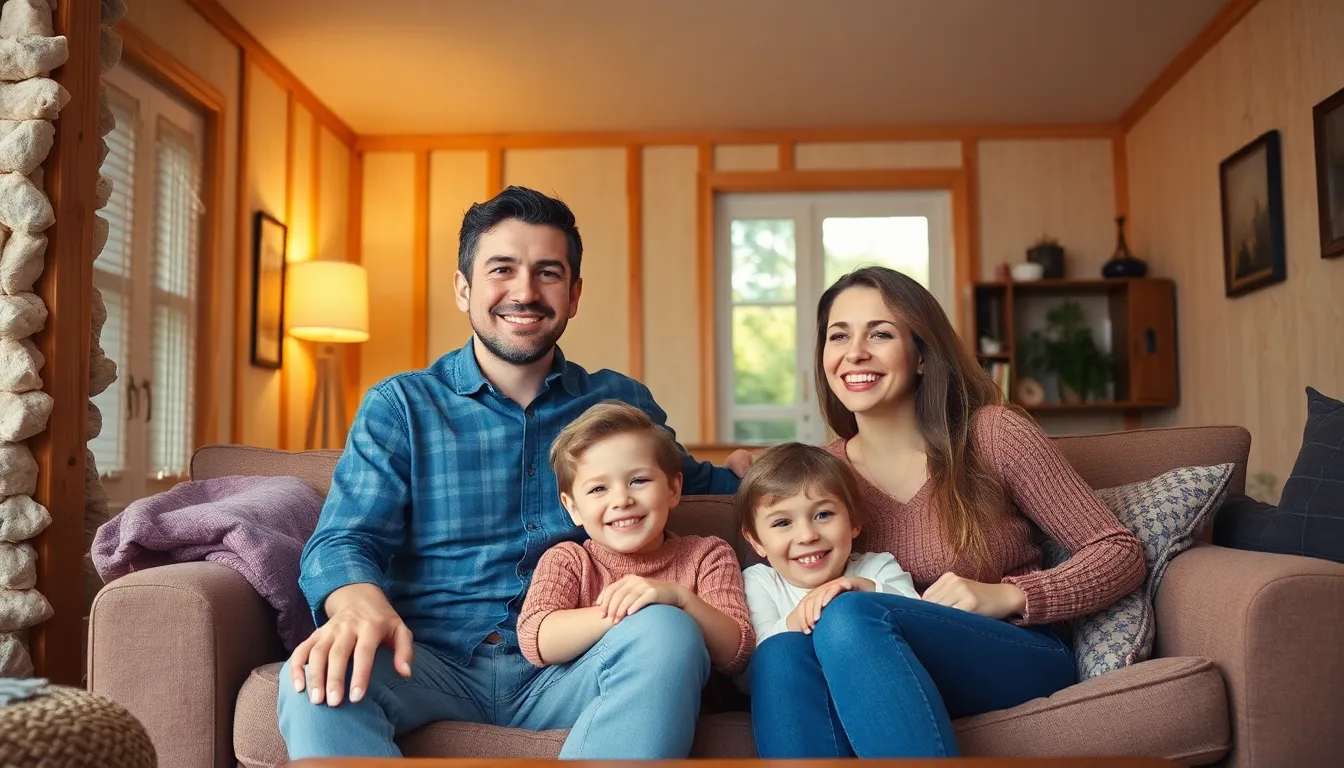
Insulation retrofits offer significant advantages for homeowners. These benefits span energy efficiency, cost savings, and comfort improvement.
Energy Efficiency
Enhancing insulation directly boosts energy efficiency. Research indicates that retrofitting can lead to energy savings of up to 20% annually. Improved insulation reduces the demand on heating and cooling systems, leading to less energy consumption. Retrofitting with materials like spray foam and cellulose creates effective barriers against temperature fluctuations. Many homeowners experience a more stable indoor climate, reducing reliance on HVAC systems over time.
Cost Savings
Significant cost savings result from proper insulation retrofitting. Lower energy bills become a reality as homes consume less energy for heating and cooling. Over time, these savings accumulate, offsetting the initial investment. Properties in retrofit programs often see their value increase, making them more appealing to potential buyers. Additionally, various incentives exist for energy-efficient home improvements, which further enhances savings for homeowners.
Comfort Improvement
Homeowners notice an immediate comfort improvement after insulation retrofits. Drafty areas transform into cozy spaces with consistent temperatures. Retrofitting insulation eliminates cold spots and reduces noise transmission, enhancing overall living quality. Many families enjoy a healthier indoor environment, as improved insulation can also mitigate humidity issues and prevent mold growth. Every room benefits from the added comfort, making homes more inviting and enjoyable for residents.
Types of Insulation Retrofit
Insulation retrofits come in various forms, each suited for specific applications. Understanding these types helps homeowners make informed decisions.
Blown-In Insulation
Blown-in insulation offers excellent coverage for hard-to-reach areas. This method allows for quick installation in attics and walls. It consists of loose-fill materials like cellulose or fiberglass, which optimize energy efficiency. The installation process involves using a blowing machine that disperses the insulation evenly. Homeowners appreciate how this approach fills gaps and voids, reducing air leaks. It suits retrofitting projects requiring minimal disruption.
Spray Foam Insulation
Spray foam insulation creates an effective air barrier. This product expands upon application, sealing cracks and gaps thoroughly. Its high R-value ensures energy efficiency, significantly lowering heating and cooling costs. Professionals typically recommend using it in attics, crawl spaces, and basements due to its superior performance. Homeowners enjoy the added benefit of enhancing indoor air quality by preventing moisture accumulation. Long-lasting and versatile, spray foam insulation stands out for retrofitting.
Rigid Foam Board
Rigid foam board provides structural support along with insulation. Commonly used in foundation walls and exterior sheathing, it boasts a high R-value per inch. Easy to cut and install, this material allows for precise fitting in various applications. Homeowners gain an advantage as it resists moisture, reducing the risk of mold. Utilizing rigid foam board helps achieve maximum thermal resistance, making it ideal for energy-efficient retrofitting.
Steps to Perform an Insulation Retrofit
Executing an insulation retrofit involves several key steps that ensure maximum efficiency and effectiveness.
Assessment of Current Insulation
Begin by evaluating the existing insulation conditions. Inspect attics, walls, and crawl spaces for gaps, compression, or mold. A professional can conduct a comprehensive assessment, identifying areas needing improvement. Utilize tools like thermal imaging to detect temperature variations. Identifying problem areas beforehand facilitates targeted retrofitting, leading to enhanced energy efficiency.
Choosing the Right Materials
Selecting appropriate materials is crucial for insulation effectiveness. Options include blown-in cellulose, fiberglass batts, and spray foam. Each material offers unique benefits: blown-in cellulose fills gaps well, fiberglass batts are easy to install, and spray foam provides strong air barriers. Consider factors such as R-value, moisture resistance, and budget when making material choices. Making informed decisions contributes significantly to long-term energy savings.
Installation Process
Follow a systematic approach during installation. Prepare the work area by sealing off potential air leaks to prevent moisture ingress. Install chosen insulation in accordance with manufacturer guidelines, ensuring thorough coverage in all targeted areas. Employing a professional for complex installations guarantees proper fitting and optimal performance. Wrap up by conducting a final inspection to confirm effective insulation placement, resulting in improved energy efficiency.
Investing in insulation retrofits is a smart choice for homeowners looking to enhance comfort and reduce energy costs. By improving insulation, they can create a more inviting living space while making a positive impact on the environment. The variety of available materials and techniques ensures that there’s a suitable option for every home.
With potential energy savings of up to 20% annually, the financial benefits are clear. Additionally, retrofitting can increase property value, making homes more attractive to prospective buyers. Overall, insulation retrofits represent a practical and effective solution for those aiming to achieve a cozy, energy-efficient home.
